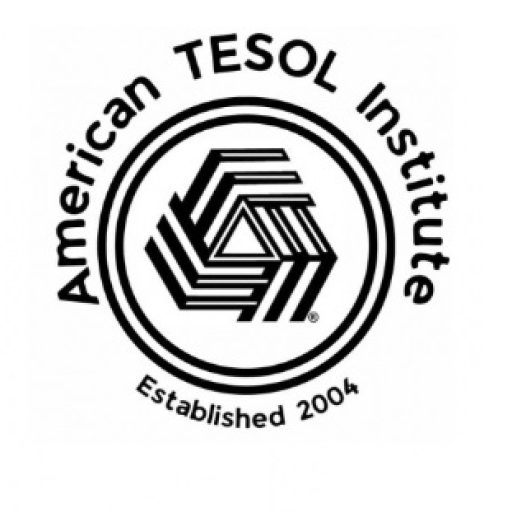The adage “A Picture is Worth a Thousand Words” has long been used to convey the idea that a single image can communicate a complex idea or story more effectively than a lengthy description. This timeless proverb, attributed to Fred R. Barnard in 1927, has resonated through generations, highlighting the power of visual communication.
However, in today’s digital landscape, where billions of photos are shared daily on platforms like Facebook and Flickr, one could argue that the value of a single picture has diminished. The sheer volume of images inundating our feeds may have inadvertently devalued the impact of each individual picture.
Yet, even amidst this deluge of visual content, powerful images still have the ability to captivate, inform, and inspire. Innovative tools like Cooliris Express, which allows educators to create immersive 3D photo and video walls, and Live Share, a social networking platform dedicated to picture uploads, demonstrate the ongoing potential of visuals in storytelling and education.
The enduring relevance of the proverb is evident in its inclusion in “A Dictionary of American Proverbs” published by Oxford University Press. While the sheer quantity of images may have diluted the impact of individual photos, the power of visual storytelling remains undeniable. As educators and communicators, we must continue to harness the potential of images to engage, inform, and inspire.
In the context of 2025:
- Consider the impact of AI-generated images and deepfakes on the adage. Does the ability to create hyper-realistic images further blur the lines between reality and representation?
- How can educators leverage new technologies to create impactful visual learning experiences for students?
- Explore the role of visual communication in an increasingly digital and image-saturated world.
While the value of a single picture may be in flux, its potential to communicate complex ideas and evoke emotions remains as potent as ever.



